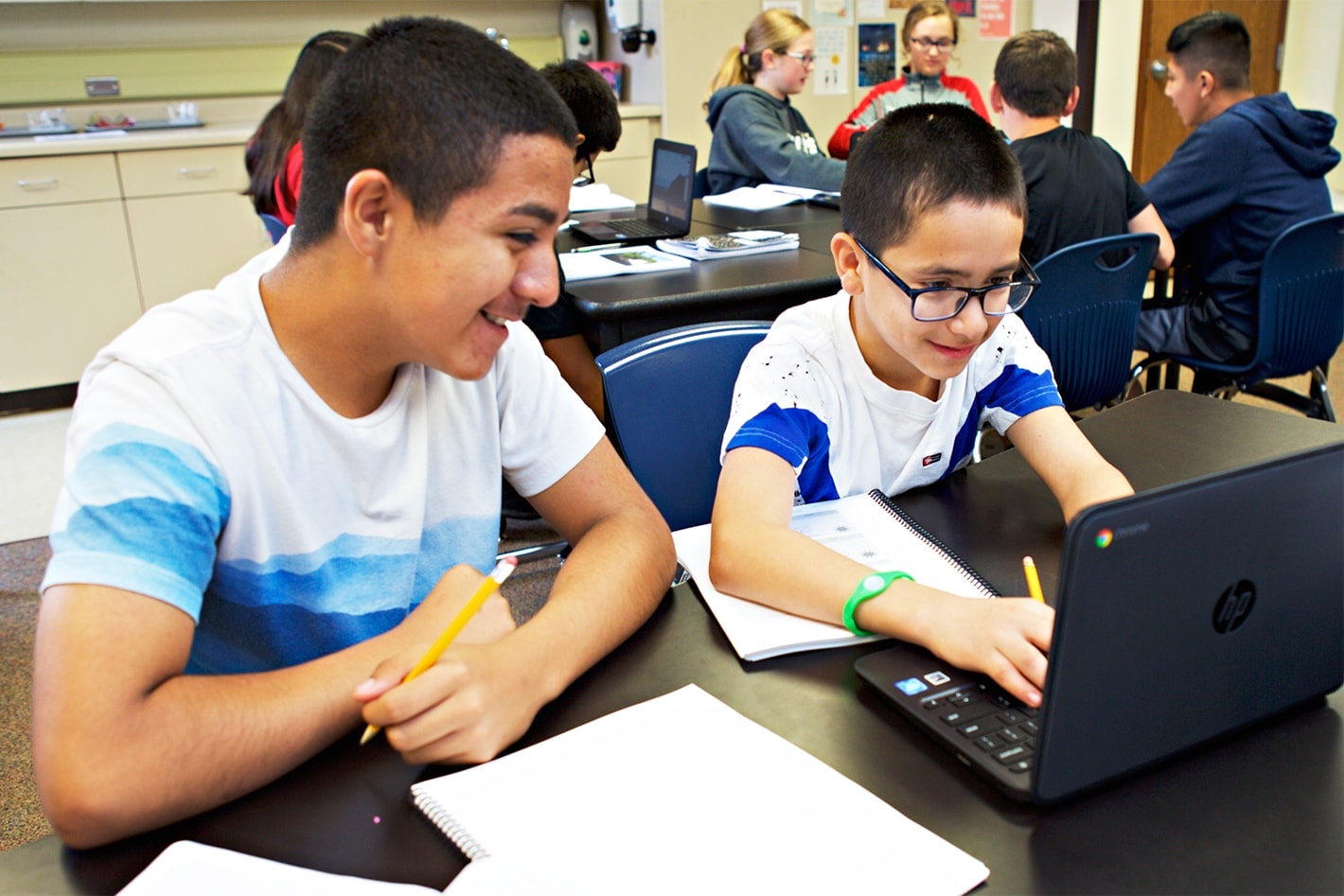BROOKLYN, NY (March 13, 2024) – Amplify, a publisher of next-generation curriculum and assessment programs, today released a research brief on the latest middle-of-school-year reading data for K–2. Findings reveal that throughout the spring and fall of 2023, schools across the country made some progress increasing the number of K–2 students on track for learning to read, but that progress has slowed.
Across grades K–2, only half of students are on track for learning to read, and three in ten students are far behind. The data demonstrate how literacy rates in the United States remain a concern: Too many students are at risk of failing to read proficiently by the end of third grade, an important indicator of future academic success.
“The data is clear—literacy rates at the earliest and most critical time for student development are slowing. Changing this course requires schools and districts to act now and review their approaches in all grades,” said Susan Lambert, chief academic officer of elementary humanities at Amplify. “Schools that deliver strong outcomes focus on building a solid foundation at the start and intervening quickly when students need extra support, rather than trying to play catch up later, when it can be more difficult.”
In the brief, Amplify also outlines recommendations for how schools and districts can improve outcomes, including investing in a reliable universal screener, high-quality core curriculum, evidence-based interventions, and professional development for teachers. With these resources schools and districts should:
- Administer universal screening assessments three times per year to monitor levels of risk for reading difficulties.
- Allocate staff to support students who are at risk, spending additional time in literacy instruction beyond grade-level instruction.
- Regularly monitor progress for students who are at risk, making adjustments as needed.
- Ensure instructional staff gain knowledge about science-based reading instruction and implement high-quality core curriculum with fidelity.
- And instill a love of reading and books during all school-based programs, with the support of caregivers and the community.
“The good news is that when students receive science-based reading instruction, outcomes improve,” continued Lambert. “And, when that instruction takes place in the earliest possible grades, research shows that most students can be taught to read at or approaching grade level.”
About Amplify
A pioneer in K–12 education since 2000, Amplify is leading the way in next-generation curriculum and assessment. Our core and supplemental programs in ELA, math and science engage all students in rigorous learning and inspire them to think deeply, creatively and for themselves. Our formative assessment products help teachers identify the targeted instruction students need to build a strong foundation in early reading and math. All of our programs and services provide educators with powerful tools that help them understand and respond to the needs of every student. Today, Amplify serves more than 15 million students in all 50 states and on six continents. For more information, visit Amplify.com.
Media Contact: Kristine Frech; media@amplify.com

